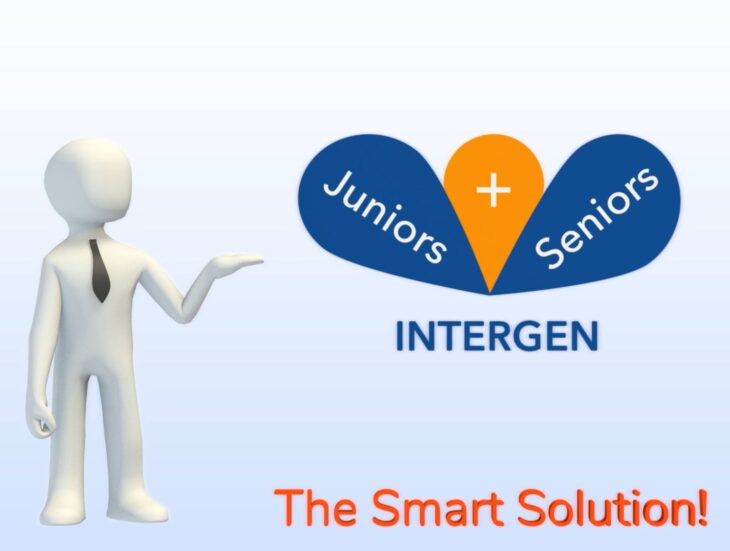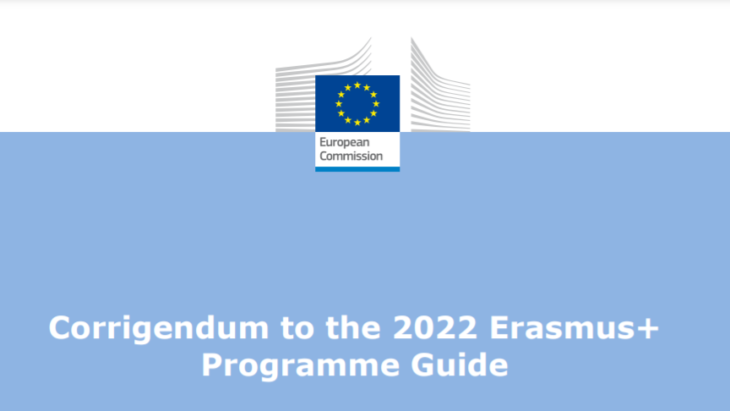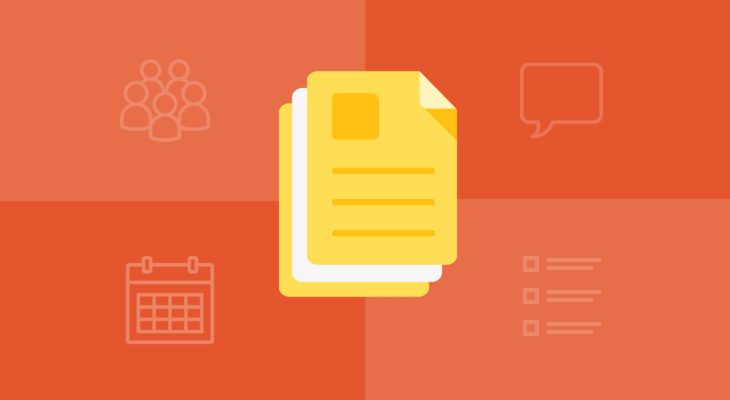Organizing focusing on ideas to achieve the set goals are the main steps to develop good design skills, fundamental to implement projects of great quality.
To this end, 3 main tools must be used to develop and facilitate the achievement of the objectives.
Which ones? Let’s find out together
Problem Tree
The first step to accomplish a good project is to identify the scenario in which the action should materialize, identifying the problems and needs related to the individual project. In this regard, it is advisable to build, with the help of all the partners involved in the project, the so-called Problem Tree, a diagram in which all the main critical issues are related to each other through cause-effect ties.
Developed directly by the European Commission in the context of European project design, this particular methodological tool is the result of an analytical process that discover the main critical points that prevent the correct development of the process.
Once the Tree is completed, the only remaining problem will be to identify the reason of the project, in order to respond, in an effective and coherent manner, to the European reference Program.
Objective Tree
The design is a strategy aimed at achieving specific results through the pursuit of specific objectives and activities: therefore, it is necessary to transform every negative condition into a positive one, turning every problem into an objective. In other words, we need to create the so-called Objective Tree or a diagram that allows us to represent what could be observed in reality if all the previously identified and analyzed problems were solved.
By reversing the problem and writing the objective as if it were achieved, it is possible to outline the picture of the desired situation.
The objectives to be achieved must be:
• Specific, to give a clear idea of what will actually be achieved;
• Measurable, so as to be able to calculate their level of achievement;
• Projectable and reachable in a specific period of time.
Once the objectives tree is outlined, it’s essential to find solutions in synergy with the different actors of the project, establishing roles and areas of action with precision.
Logical framework
The third essential tool for planning a good project is the Logical Framework, useful to define the different elements of a project intervention.
In this case, it’s fundamental to identify:
• the intervention logic, useful to describe the fundamental elements of the project according to a logic of cause and effect;
• objectively verifiable indicators, ie what can be objectively observed when a result or objective is reached;
• external conditions, ie those factors external to the project that influence the achievement of the project goals.
Problem Tree, Objective Tree and Logical Framework: three tools that absolutely cannot be missing in the good designer’s toolbox!



















